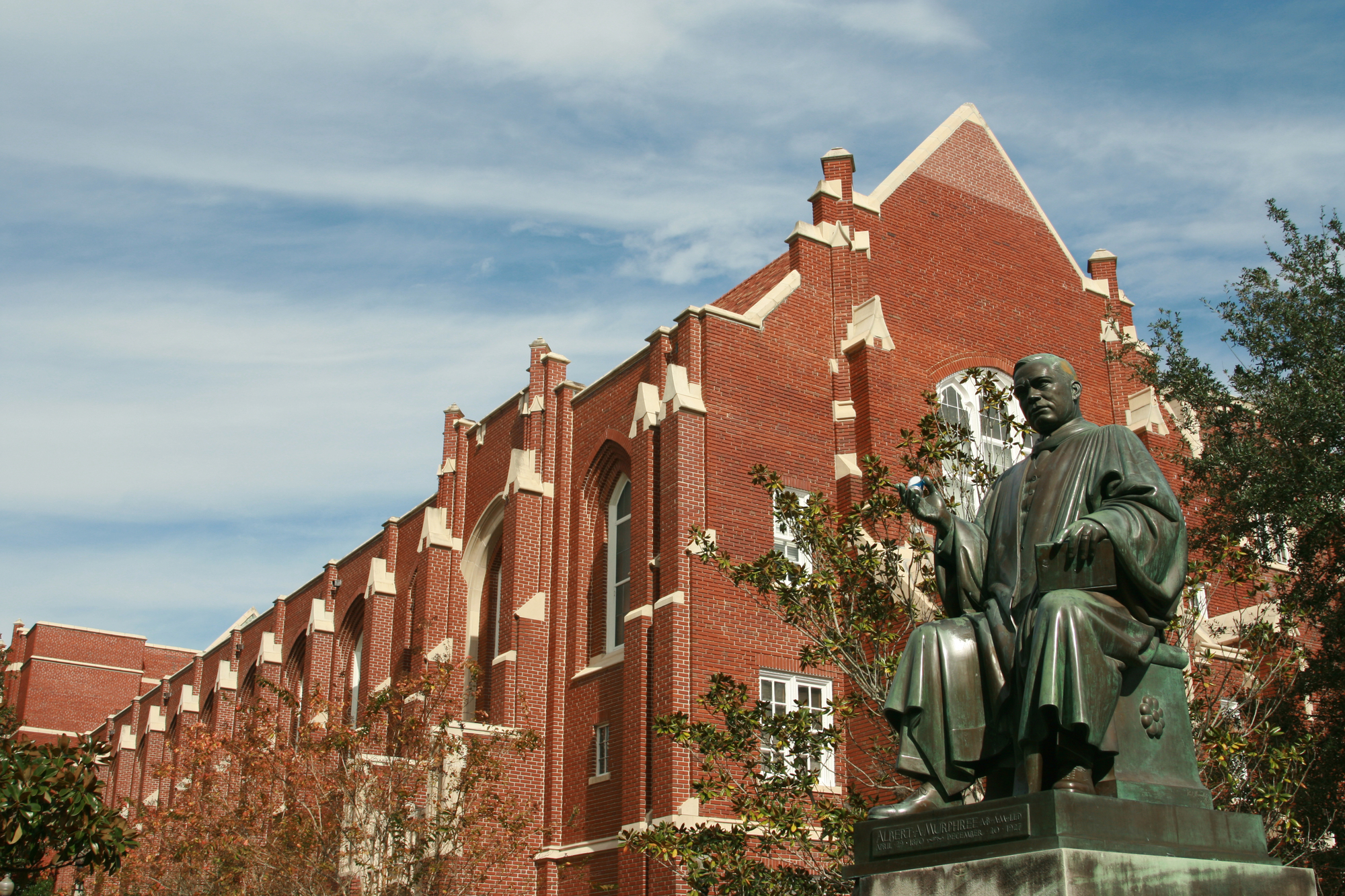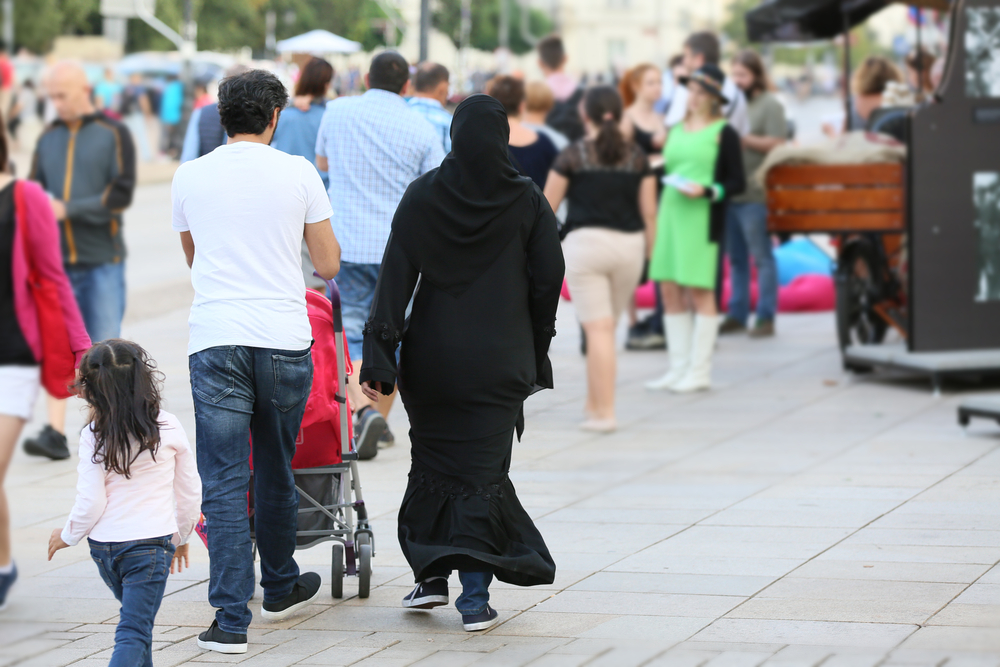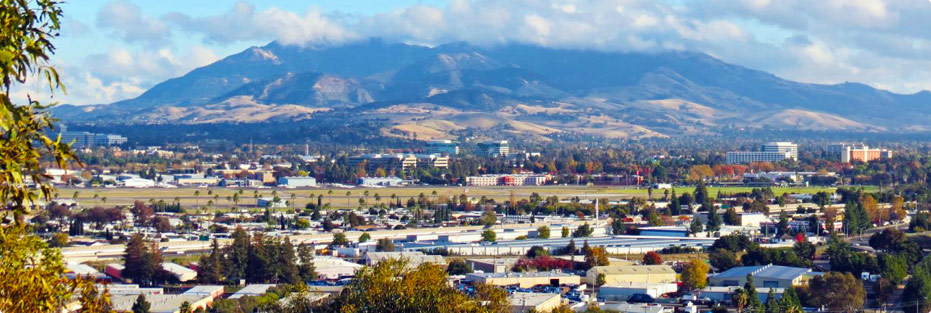Power of the Purse: Asian-Americans and Pacific Islanders in America
Date: October 17, 2017

While migration from Latin America has been at the forefront of the immigration debate during the last fifty years, AAPI immigrants have constituted an increasing share of newcomers arriving to the United States. In fact, almost 40 percent of all newly arrived immigrants came from Asia or the Pacific Islands in 2015.
NAE sheds light on the 21.3 million people of Asian or Pacific Islander descent by analyzing data from the U.S. Census 2015 American Community Survey. Power of the Purse: Asian-Americans and Pacific Islanders in America illuminates how much this community earns each year, their spending power, the amount they contribute as taxpayers — as well as their power in the voting booth. By 2020, the United States will be home to almost 13.7 million eligible AAPI voters, a group that includes 8 million immigrants who will have naturalized and gained the right to vote.
The report, Power of the Purse, finds:
- Immigrants from Asia and the Pacific Islands have particularly high levels of annual income. In 2015, the median income of households led by Asian and Pacific Islander immigrants was $75,000, far higher than the $53,300 median income of U.S. households overall. The broader AAPI population had median household earnings of $75,000 that year.
- AAPI immigrants make meaningful contributions to the U.S. economy as both taxpayers and consumers. In 2015, households led by AAPI immigrants paid $97.5 billion in federal taxes and $38.2 billion in state and local taxes, leaving them with $335.8 billion in disposable income or “spending power” to use at U.S. businesses. AAPI households overall held $455.6 billion in spending power that year, and contributed $184 billion in taxes.
- Asian-American and Pacific Islander entrepreneurs stand out for the relative success of their businesses.
In 2012, firms owned by Asian-Americans generated $707.6 billion in total receipts and sales, the highest total of any minority group in the United States. AAPI business owners also employed more than 3.6 million U.S. workers that year, once again a higher figure than other comparable groups. As recently as 2007, more than 1.9 million U.S.-based workers held jobs at firms owned by AAPI immigrants. - Asian immigrants are considerably more likely than the broader population to have a college degree. In 2015, more than 60 percent of recently arrived AAPI immigrants, aged 25 and above, had at least a bachelor’s degree. That made them almost twice as likely as the U.S. born population overall in that age band to have achieved that level of education. For all AAPI immigrants, regardless of arrival date, roughly half had at least a bachelor’s degree.
- Asian-Americans and Pacific Islander immigrants fill critical gaps in the labor market. More than one in six working AAPI immigrants hold jobs in science, technology, engineering, or math, or STEM, fields — making them more than twice as likely to work in such areas than U.S. workers overall. They also are more than twice as likely as other college educated workers to hold jobs as physicians or surgeons, another profession that has faced shortages in recent years.
- Foreign-born consumers from Asia and the Pacific Islands are particularly influential in several key states. In 2015, households led by foreign-born Asians held roughly one out of every eight dollars in spending power in California. Their share of spending power was even greater in Hawaii, reaching 14.8 percent. AAPI households more broadly, meanwhile, held relatively large shares of spending power in several surprising states, including Nevada and Washington. Roughly one out of every 10 dollars in spending power in each of those states was in AAPI hands in 2015.
- By 2020, Asian-Americans and AAPI immigrants will hold considerable voting power in some states. By 2020, an estimated 13.7 million Asian-Americans will be eligible to vote, a group that includes 8 million AAPI immigrants. In some swing states, the voting power of the AAPI population will become particularly meaningful. In Virginia, for instance, a state Hillary Clinton won by roughly 186,000 votes in 2016, there will be more than 400,000 eligible Asian-American and Pacific Islander voters by 2020. In several other key states — including Colorado, Florida, Nevada, New Hampshire, North Carolina, Pennsylvania, and Wisconsin — the estimated number of eligible AAPI voters by 2020 will similarly eclipse 2016 margins.






